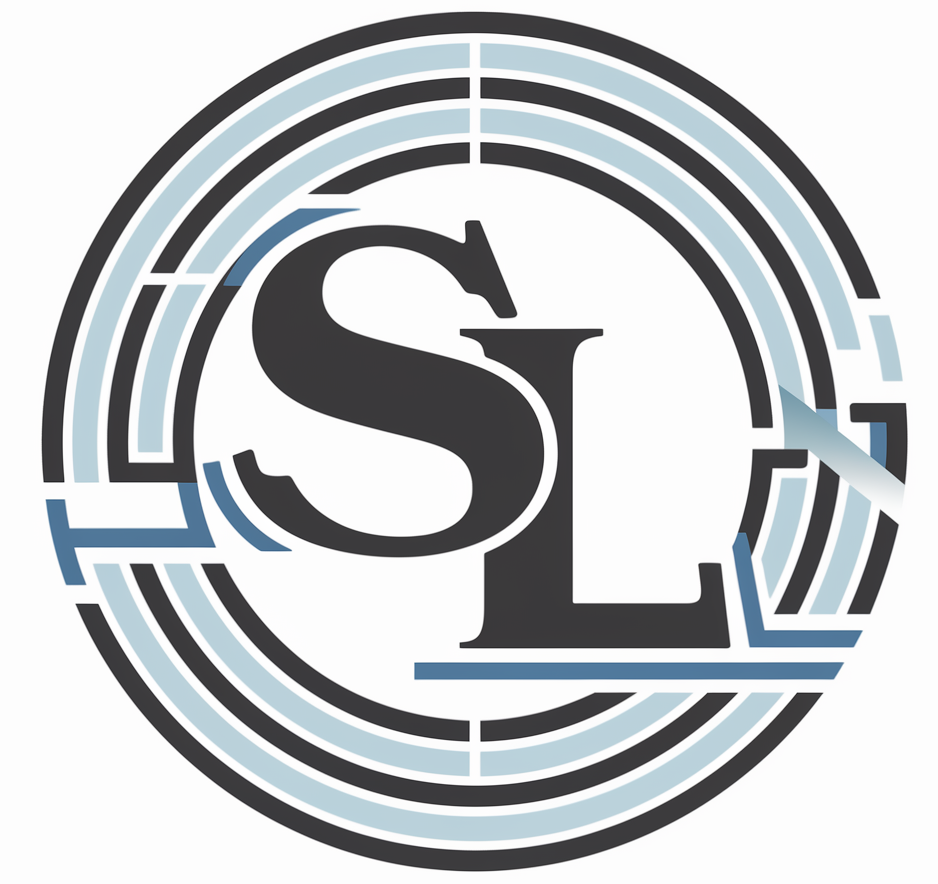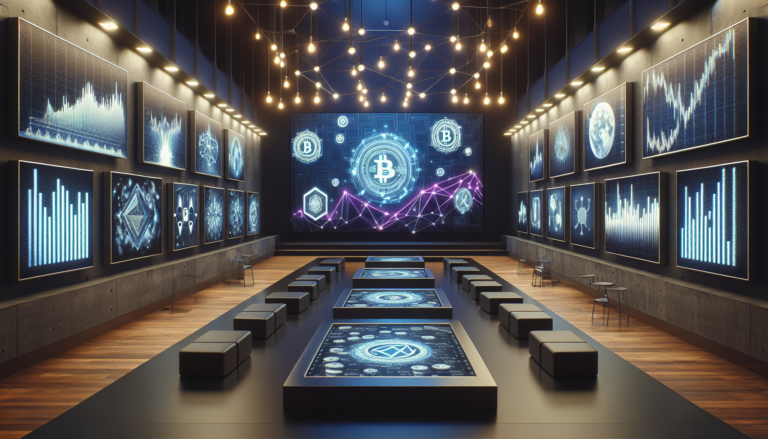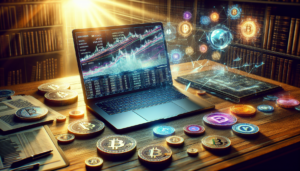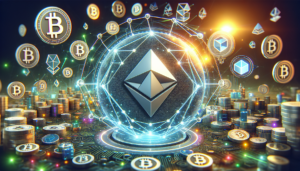Introduction to NFTs
Non-Fungible Tokens, or NFTs, have taken the digital world by storm in recent years, revolutionizing the way we perceive and value digital assets. These unique tokens represent ownership of specific items or pieces of content, often in the realm of art, music, and collectibles. NFTs provide a way to verify authenticity and scarcity in the digital space, enabling creators to monetize their work and collectors to own provably rare digital items.
What are NFTs?
NFTs are digital assets that are built on blockchain technology, typically Ethereum. Unlike cryptocurrencies such as Bitcoin, which are fungible (interchangeable), each NFT is unique and indivisible. They serve as proof of ownership for digital items, allowing buyers to confidently purchase and own specific digital assets. This technology has opened up new possibilities for creators and collectors alike, enabling a thriving market for digital art, music, videos, and more.
The Rise of NFTs
The NFT market experienced a remarkable surge in the early 2020s, capturing the attention of tech enthusiasts, artists, and celebrities worldwide. As the concept of digital ownership gained traction, more creators began minting their works as NFTs, and collectors eagerly sought out these unique digital assets. High-profile sales, such as Beeple’s $69 million NFT auction, further fueled the hype surrounding NFTs.
The rise of NFTs was driven by a combination of factors, including the growing acceptance of digital ownership, the potential for creators to monetize their work in new ways, and the speculative nature of the market. Many investors saw NFTs as a lucrative opportunity, leading to a buying frenzy that pushed prices to unprecedented levels.
The Decline of the NFT Market
Despite the initial excitement and skyrocketing valuations, the NFT market has experienced a significant decline in recent times. The once-booming market has seen a sharp drop in trading volume and overall interest, leaving many investors and creators questioning the future of NFTs.
Peak and Subsequent Decline
The NFT market reached its peak in 2021, with record-breaking sales and widespread media attention. However, this euphoric phase was short-lived. In 2022, the market experienced a staggering 89% drop in trading volume compared to the previous year. This dramatic decline has raised concerns about the sustainability and long-term value of NFTs.
Factors Contributing to the Decline
Several factors have contributed to the decline of the NFT market:
- Market saturation: As more creators entered the space and minted NFTs, the market became oversaturated, making it harder for individual NFTs to stand out and maintain their value.
- Speculative nature: Many investors bought NFTs with the sole intention of reselling them at a higher price, creating a speculative bubble that was bound to burst.
- Lack of regulation: The absence of clear regulations and oversight in the NFT market has led to instances of fraud, scams, and market manipulation, eroding trust among investors.
- Environmental concerns: The energy-intensive nature of blockchain technology has raised concerns about the environmental impact of NFTs, leading some creators and buyers to reconsider their involvement.
Impact on Investors
The decline of the NFT market has had significant consequences for investors. Many who bought NFTs at the peak of the market have seen the value of their investments plummet. The highly speculative nature of NFTs has exposed investors to considerable financial risks, leading to substantial losses for those who failed to time the market correctly.
| NFT Collection | Peak Price | Current Price | Percentage Drop |
|---|---|---|---|
| Bored Ape Yacht Club | $400,000 | $150,000 | 62.5% |
| CryptoPunks | $7,500,000 | $3,500,000 | 53.3% |
| Art Blocks | $2,000,000 | $500,000 | 75% |
The table above illustrates the significant price drops experienced by some of the most popular NFT collections, highlighting the risks associated with investing in this volatile market.
Cultural and Regulatory Impacts
The rise and fall of NFTs have not only affected investors but have also sparked broader conversations about digital ownership, authenticity, and the role of regulations in this emerging space.
Cultural Significance
NFTs have challenged traditional notions of ownership and value in the digital realm. They have provided a way for creators to assert ownership over their digital works and monetize them directly, without relying on intermediaries. This has led to a growing discussion about the importance of digital ownership and the potential for NFTs to empower creators and foster a more equitable digital economy.
The concept of authenticity has also come to the forefront with NFTs. In a world where digital content can be easily duplicated and shared, NFTs provide a way to verify the authenticity and provenance of digital items. This has significant implications for the art world, where the ability to prove ownership and originality is crucial.
Regulatory Challenges
As the NFT market has grown, so have concerns about the lack of regulation and oversight. The decentralized nature of blockchain technology has made it challenging for authorities to monitor and control the NFT space. This has led to instances of fraud, scams, and market manipulation, eroding trust among investors and raising questions about the need for stronger regulations.
The SEC (Securities and Exchange Commission) has begun to take a closer look at NFTs and their potential classification as securities. This could have significant implications for the NFT market, as it may require creators and platforms to comply with securities laws and regulations. The legal and regulatory landscape surrounding NFTs is still evolving, and it remains to be seen how these issues will be addressed in the future.
Environmental Concerns
The energy-intensive nature of blockchain technology, particularly the Ethereum network, has raised concerns about the environmental impact of NFTs. The process of minting, buying, and selling NFTs requires significant computational power, which translates to high energy consumption.
Critics argue that the carbon footprint associated with NFTs is unsustainable and goes against efforts to combat climate change. Some creators and platforms have taken steps to mitigate this issue by exploring more energy-efficient blockchain solutions or offsetting their carbon emissions. However, the environmental concerns surrounding NFTs remain a point of contention and a potential barrier to mainstream adoption.
Current State and Future of NFTs
Despite the recent decline, the NFT market is not dead. While the hype may have subsided, there are still opportunities for growth and innovation in this space.
Current Market Conditions
The current NFT market is characterized by a more cautious and selective approach from buyers and investors. The days of speculative buying and sky-high valuations may be over, but there is still demand for high-quality, unique, and meaningful NFTs. Collectors are now more discerning, focusing on NFTs that have artistic merit, cultural significance, or practical utility.
Some NFTs, particularly those associated with well-established brands or created by renowned artists, have managed to retain their value despite the overall market decline. These NFTs are seen as more stable and less prone to volatility, attracting collectors who are in it for the long haul.
Potential for Market Recovery
While the NFT market has experienced a significant setback, there is potential for recovery and growth in the future. As the technology matures and more practical applications for NFTs emerge, the market may stabilize and attract a wider range of participants.
Innovative approaches to NFTs, such as fractional ownership, gamification, and integration with other industries, could drive renewed interest and adoption. For example, the use of NFTs in the gaming industry, where they can represent in-game items or characters, has shown promising results. Similarly, the music industry has explored the use of NFTs for album releases, concert tickets, and fan engagement.
Future Applications of NFTs
The potential applications of NFTs extend far beyond the realm of art and collectibles. As the technology evolves, we may see NFTs being used in a variety of industries and contexts:
- Digital identity: NFTs could be used to represent personal identities, educational credentials, or professional certificates, providing a secure and verifiable way to prove one’s identity and qualifications.
- Supply chain management: NFTs could be used to track and verify the authenticity of products throughout the supply chain, from manufacturing to retail, reducing counterfeiting and increasing transparency.
- Real estate: NFTs could revolutionize property ownership by enabling fractional ownership, reducing transaction costs, and increasing liquidity in the real estate market.
- Intellectual property: NFTs could provide a way for creators to assert ownership over their intellectual property, such as patents, trademarks, or copyrights, and license them securely.
These are just a few examples of the potential future applications of NFTs. As the technology continues to evolve and mature, we may see NFTs being used in ways we have yet to imagine.
Conclusion
The rise and fall of NFTs have been a rollercoaster ride for creators, collectors, and investors alike. While the market has experienced a significant decline from its peak, it is important to recognize that NFTs are still a relatively new and evolving technology.
The lessons learned from the NFT boom and bust can inform future developments and help create a more sustainable and stable market. As the technology matures and finds practical applications beyond speculation, NFTs may yet prove to be a transformative force in the digital economy.
The future of NFTs will depend on a combination of technological innovation, regulatory clarity, and broader adoption. While the road ahead may be challenging, the potential for NFTs to revolutionize the way we perceive and value digital assets cannot be ignored. As we navigate this new frontier, it is crucial to approach NFTs with a critical eye, learning from the past and adapting to the ever-changing landscape of the digital world.
See also:






